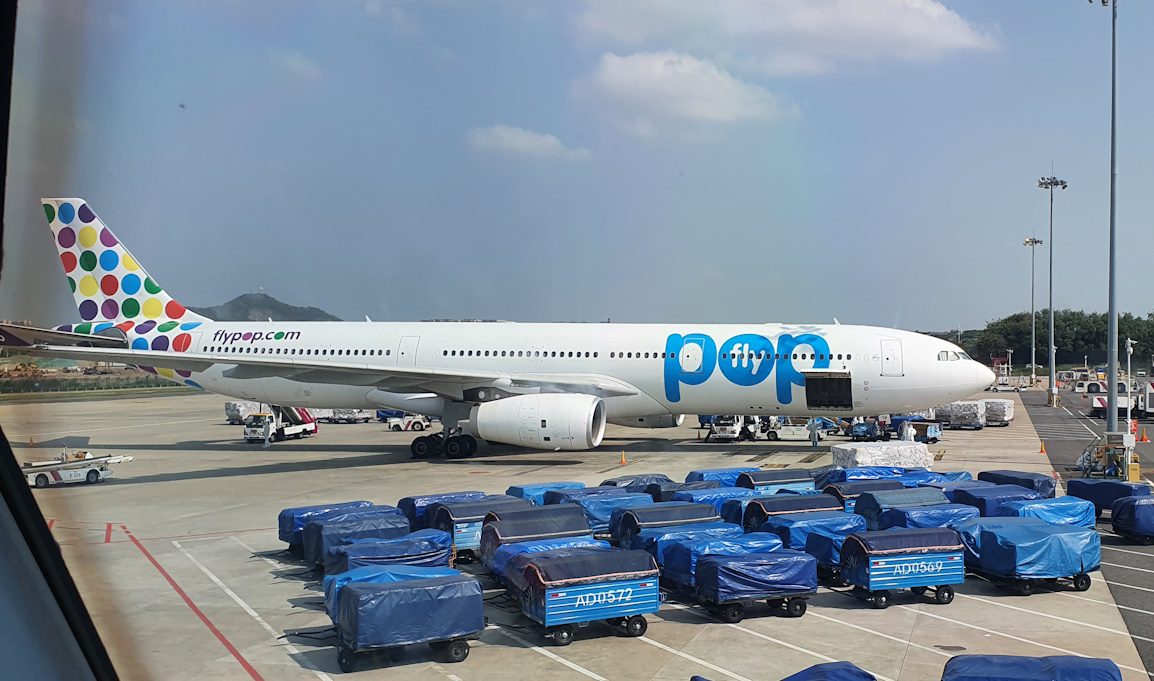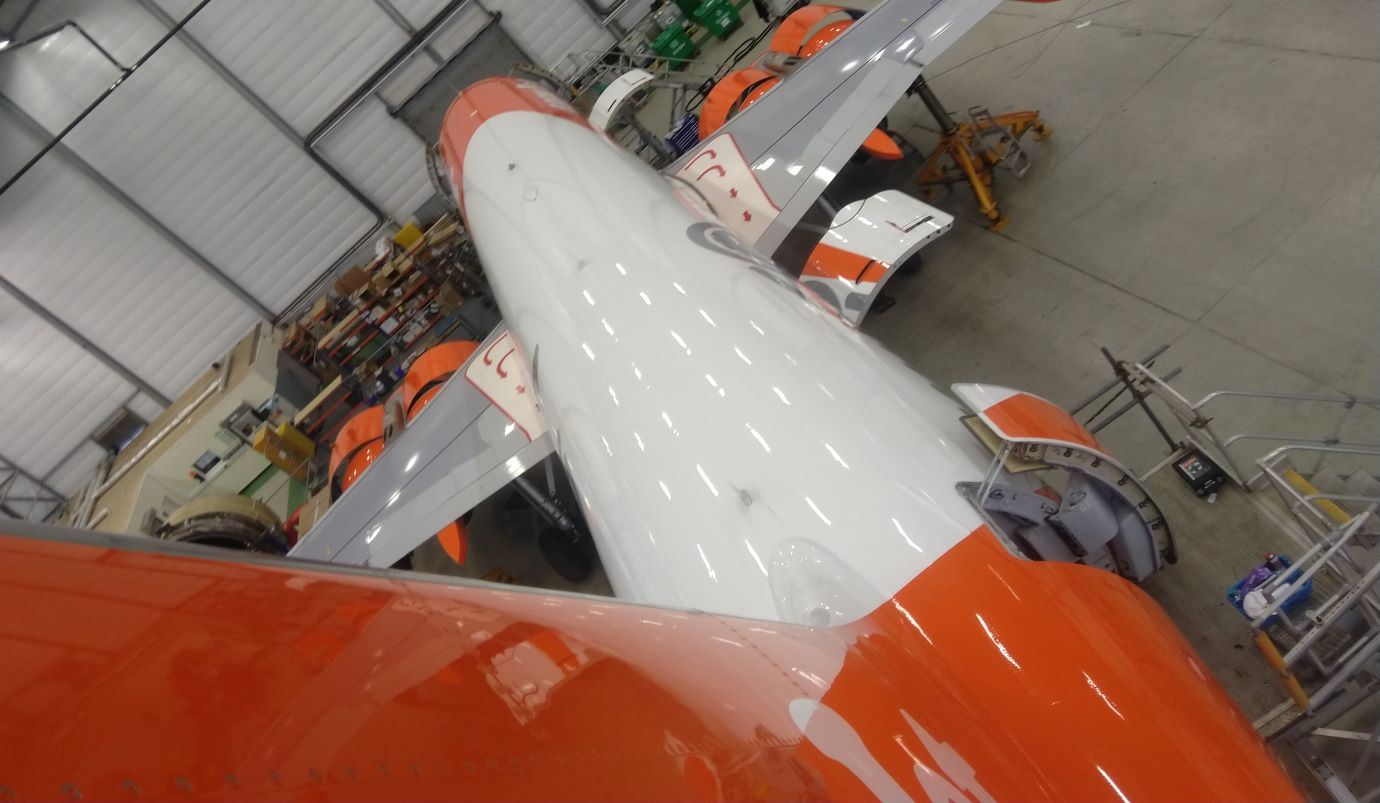Aircraft leasing, particularly in technical lease reviews, entails understanding various terms and concepts vital to the aviation leasing industry.
One of these terms is “Green Time,” associated with engine leases.
A “Green Time” engine is typically older and has a limited remaining life on its key components, often termed as Life Limited Parts (LLP) or Safe Life Items (SLI). Such engines might come from aircraft set to be scrapped and are available at reduced lease rates or even purchase due to their reduced life.




